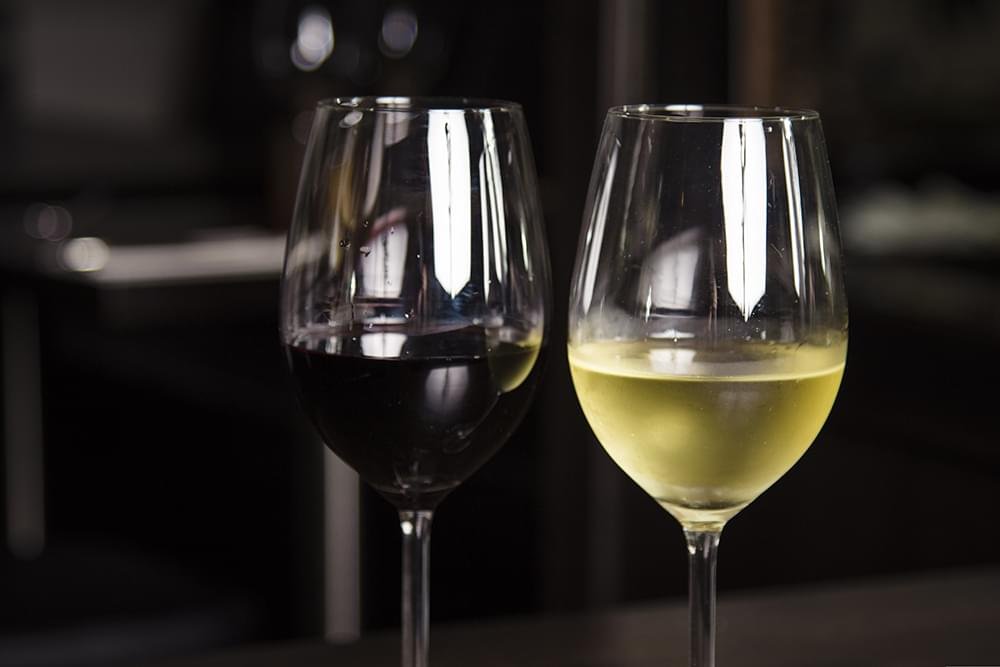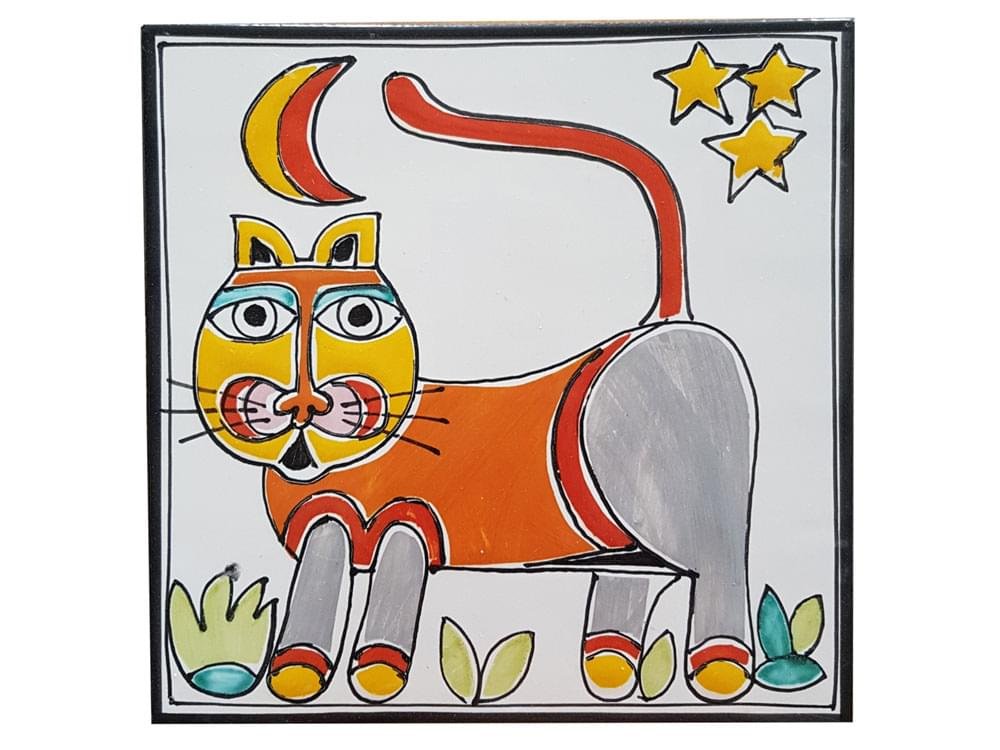
Emilia-Romagna, a region that stretches from the wetlands of the Po Delta to the sandy beaches of the Adriatic Sea, is not only Italy’s culinary heartland but also a hidden gem when it comes to viticulture. This is the land of slow food and fast cars, where every meal is a celebration and every bottle of wine is a story of tradition and passion. In this article, we will journey through the landscapes of Emilia-Romagna, exploring its rich wine culture, understanding the peculiarities of its native grapes, and unraveling the stories behind each vineyard.
The winemaking tradition in Emilia-Romagna dates back to the Etruscans and was later honed under the Romans, who recognized the fertility of its soils. Throughout the Middle Ages, monasteries played a significant role in preserving viticultural knowledge. In the Renaissance, local nobility, particularly the Este and the Farnese families, cultivated the art of winemaking, laying the foundation for the region's wine reputation.
Emilia-Romagna's wine country is divided into two distinct parts: Emilia in the west and Romagna in the east. The dividing line is the Sillaro River, which not only marks a territorial but also a cultural and enological boundary.
Emilia is renowned for its sparkling red wines, particularly Lambrusco. This frothy, vivacious wine comes in various styles - from dry (secco) to sweet (dolce) - and is made predominantly from Lambrusco grapes, which boast numerous sub-varieties such as Lambrusco Grasparossa, Lambrusco Salamino, and Lambrusco di Sorbara. Each of these brings a unique profile to the wines, from Grasparossa’s deeply colored and tannic nature to Sorbara’s delicate and floral character.
The eastern part of the region, Romagna, is Sangiovese territory. Here, the Sangiovese di Romagna DOC reigns supreme. It’s a wine that can range from light and fruity to deep, tannic, and complex, especially in the Sangiovese di Romagna Riserva designation. Albana di Romagna, a white grape variety, also finds its prominence here, offering everything from still to sparkling and even passito styles.
Emilia-Romagna is home to several DOC and DOCG denominations, signifying a hierarchy of quality and adherence to traditional winemaking practices.
TLambrusco has several DOCs to its name, each indicating a geographical origin and stylistic differences, such as Lambrusco Grasparossa di Castelvetro DOC and Lambrusco di Sorbara DOC. These wines are emblematic of the region's capacity to produce sparkling reds that are as complex as they are drinkable.
TThis DOC is a testament to the adaptability and the expressions of Sangiovese outside of Tuscany. Romagna's Sangiovese shows a brightness and a savory character that is distinctly its own.
TThe first white wine to gain DOCG status in Italy, Albana di Romagna can range from dry (secco) to sweet (dolce). It is known for its rich texture and potential for aging, showcasing flavors from delicate floral to ripe stone fruits.
TThis native white grape variety is gaining recognition for its sparkling (spumante) and frizzante (lightly sparkling) versions. Pignoletto wines are crisp, with a refreshing acidity, making them ideal aperitif options.
The viticultural landscape of Emilia-Romagna is diverse, with coastal breezes, rolling hills, and river valleys all contributing to the microclimates that define the terroir. The region’s winemaking practices reflect a balance between tradition and innovation, with historical methods harmonizing with modern technology to enhance quality.
Emilia-Romagna's wines are crafted to complement its rich culinary heritage. Lambrusco pairs delightfully with charcuterie, especially with the region's famous Prosciutto di Parma and Culatello di Zibello. Sangiovese di Romagna, on the other hand, is a natural match for pasta dishes like lasagna and tagliatelle al ragù, as it cuts through the richness of the sauces.
Recent decades have seen a surge in organic and biodynamic practices in Emilia-Romagna's vineyards. Winemakers are increasingly focused on sustainability, reducing chemical use, and protecting biodiversity. This approach not only benefits the environment but also helps in expressing the true character of the region's wines.
Pioneering winemakers are shaping the future of Emilia-Romagna's wines. These vintners are focusing on single-vineyard expressions, experimenting with aging processes, and even reviving ancient varieties. They are the storytellers, translating the language of the soil into the language of wine.
Emilia-Romagna is a region where the past and future of winemaking coexist harmoniously. Its wines reflect the richness of its history, the fertility of its land, and the soul of its people. From the joyous bubbles of Lambrusco to the elegant complexity of Sangiovese, Emilia-Romagna offers a canvas of flavors waiting to be discovered by wine enthusiasts around the world.
The pursuit of understanding Emilia-Romagna's wines is a never-ending journey, one that reveals as much about the drinker as it does about the drink. It's a testament to the region's ability to not just produce wines but to craft experiences that linger on the palate and in the heart long after the last glass is savored.
As the global wine community turns its gaze towards sustainability and authenticity, Emilia-Romagna stands poised, with a glass of its regional wine in hand, ready to offer a toast to the future. Whether you're a seasoned oenophile or a curious novice, the wines of Emilia-Romagna are a sip in the right direction. Here, every bottle uncorks a piece of Italian heritage, every glass a portrait of the land, and every taste a story waiting to be told. So, let’s raise a glass to Emilia-Romagna, where every vineyard has a voice and every wine a soul. Salute!

More Details
Emilia-Romagna boasts an impressive array of wines that range from sparkling to still, and red to white. This comprehensive list details some of the notable wines from this prolific region, categorized by type and including some of the more renowned DOC (Denominazione di Origine Controllata) and DOCG (Denominazione di Origine Controllata e Garantita) areas that guarantee the geographical origin and quality of the wine.
This list is far from exhaustive, as the region's varied terrain and climates give vintners the flexibility to grow a wide range of grape varieties and produce a broad spectrum of wine styles. Emilia-Romagna’s winemakers continue to innovate while respecting their rich heritage, crafting wines that reflect the character of their landscapes and the craftsmanship of their people. Whether you are seeking a vivacious Lambrusco, a robust Sangiovese, or a delicate Albana, Emilia-Romagna offers a wine to suit every palate and occasion.
Other major red varieties are Ciliegolo, Gaglioppo, Lagrein, Lambrusco, Monica, Nerello Mascalese, Pignolo, Primitivo (Zinfandel in California), Refosco, Schiava, Schiopettino, Teroldego, and Uva di Troia. "International" varietals such as Merlot, Cabernet Sauvignon, Syrah, and Cabernet Franc are also widely grown.
Other important whites include Carricante, Catarratto, Coda de Volpe, Cortese, Falanghina, Grechetto, Grillo, Inzolia, Picolit, Traminer, Verduzzo, and Vernaccia. As far as non-native varietals, the Italians plant Chardonnay, Gewürztraminer (sometimes called traminer aromatico), Riesling, Petite Arvine, and many others.